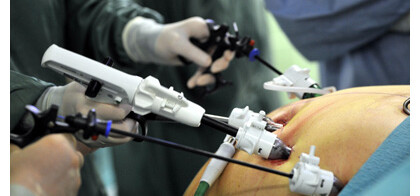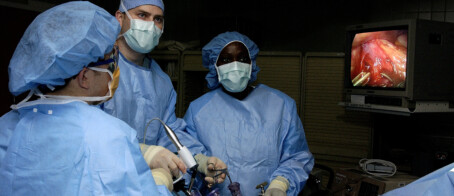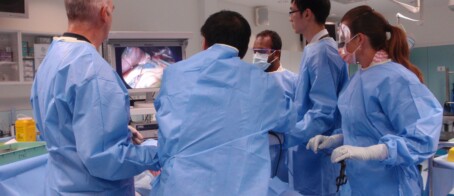Dr Ivaylo Tzvetkov is a long standing member of International Federation of Surgery for Obesity with positive feedback from patients and colleagues. He is practicing safe and medical based and relevant to highest clinical international standards weight loss surgery. He has performed more than 780 Bariatric procedures in the last 12 years with 0.5% of complications. The preference of Dr Tzvetkov is Gastric bypass and mini / one anastomosis / bypass as weight loss procedures, however he offers tailored approach to individual needs of each patient for weight loss surgery. The low prices of offered weight loss surgery do not influence the quality of the healthcare service and Hospital environment, care and Follow up of the patients are the service provided is even better than the care offered in some West European Hospitals.
Search
-
Recent Posts
Recent Comments
Archives
Categories












